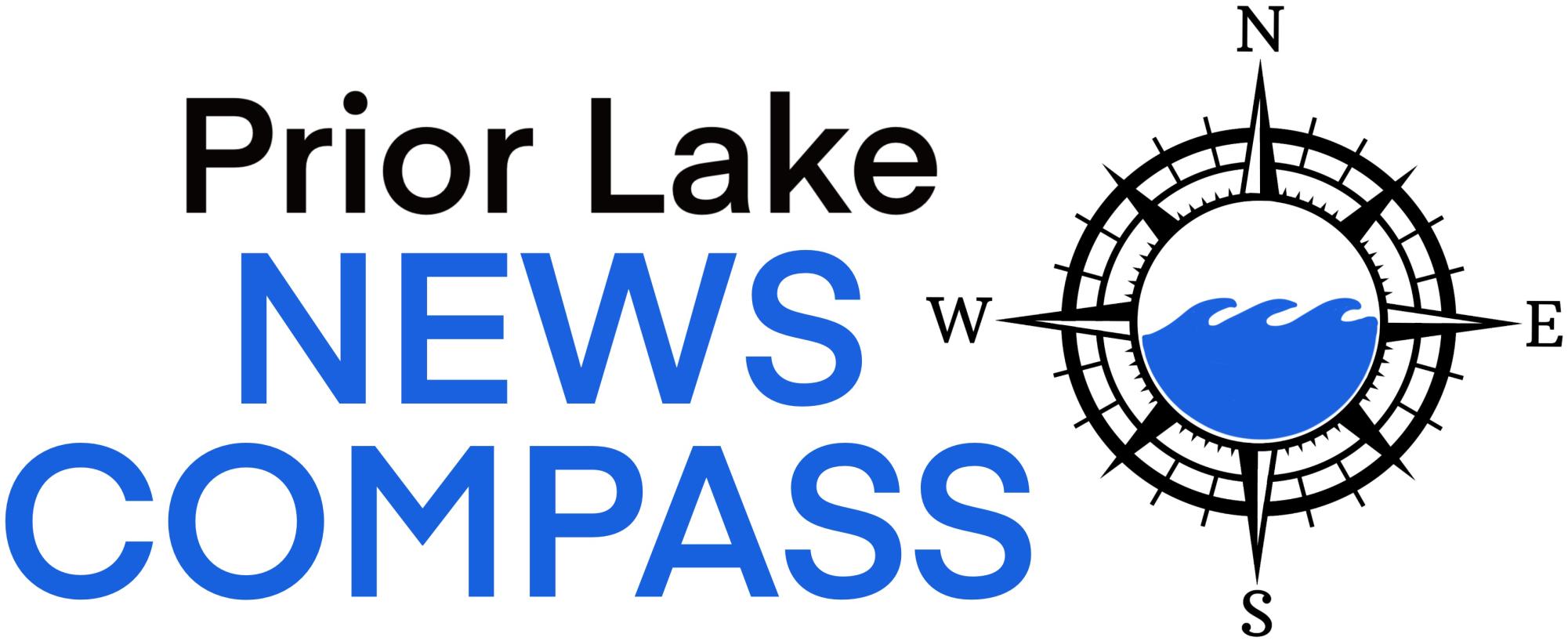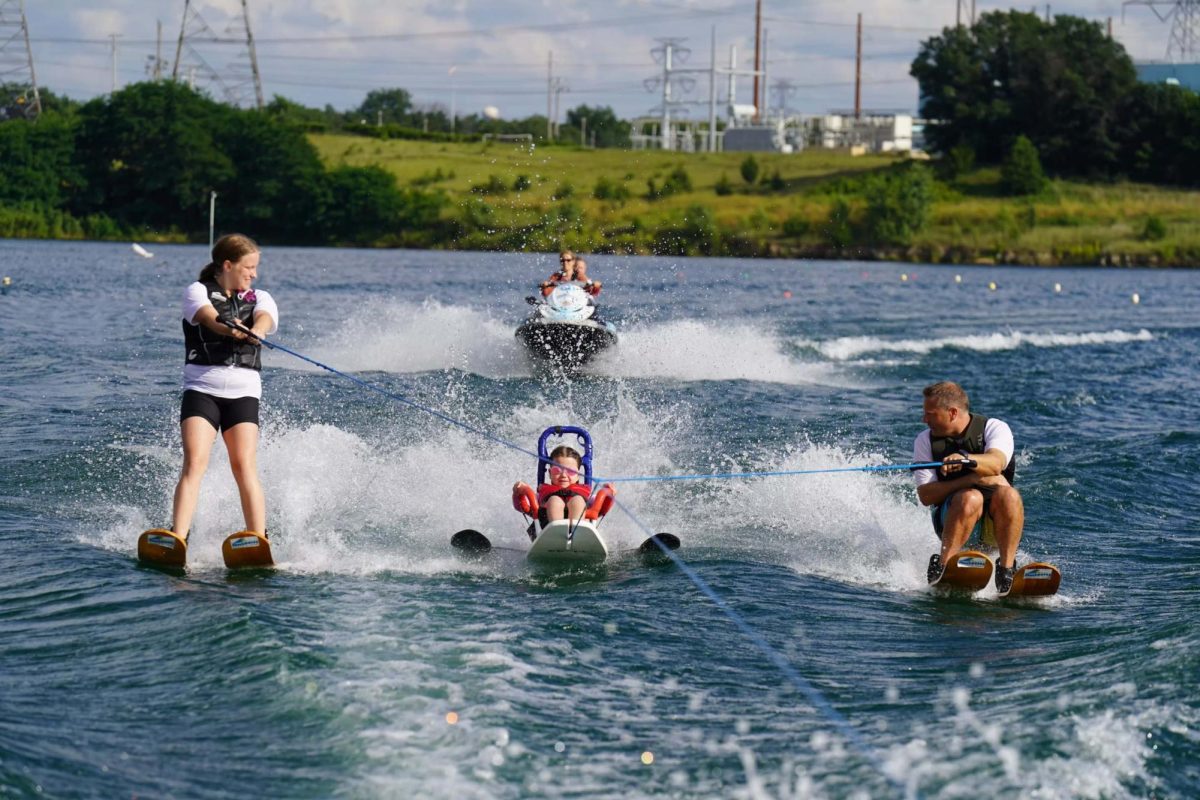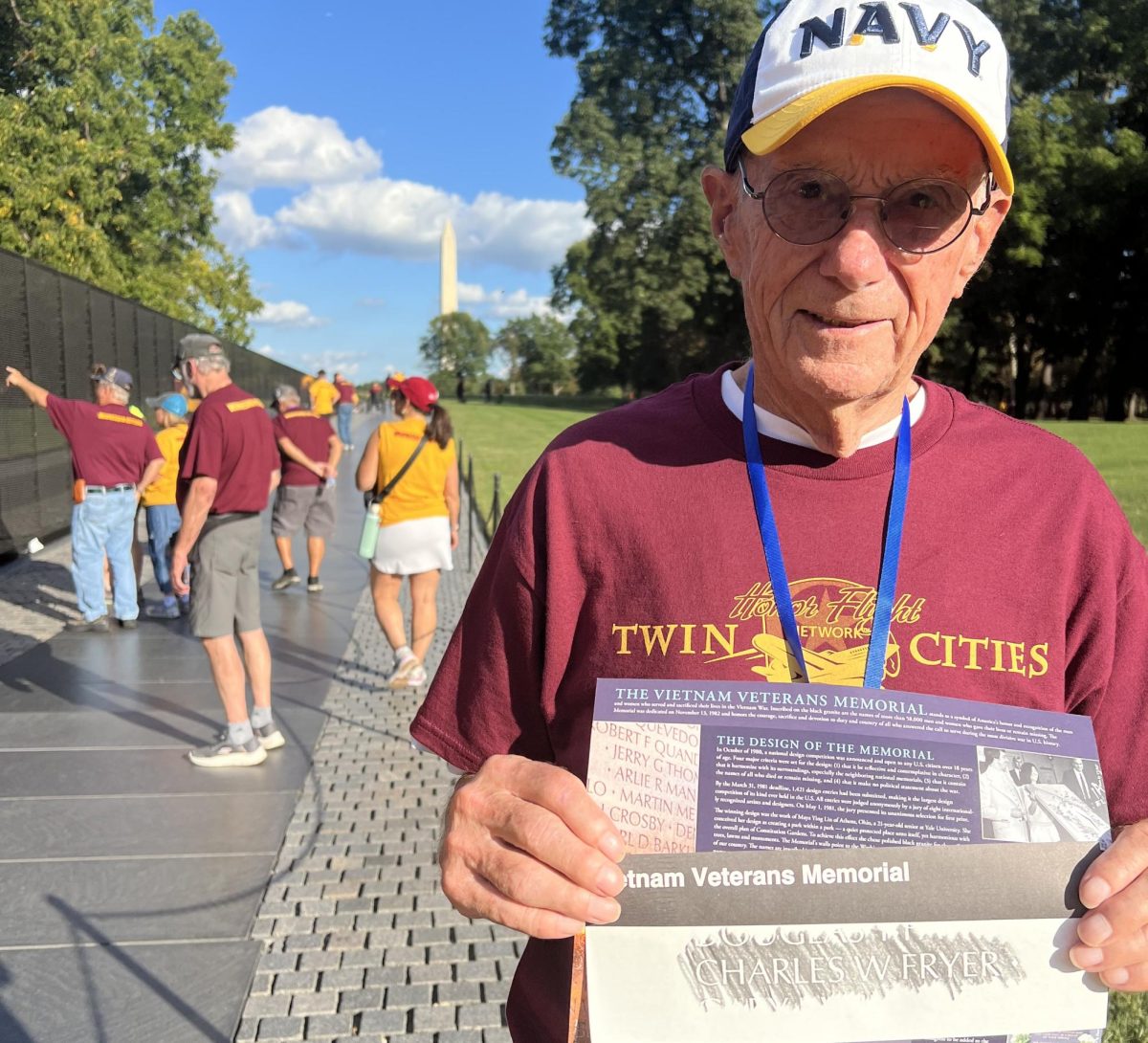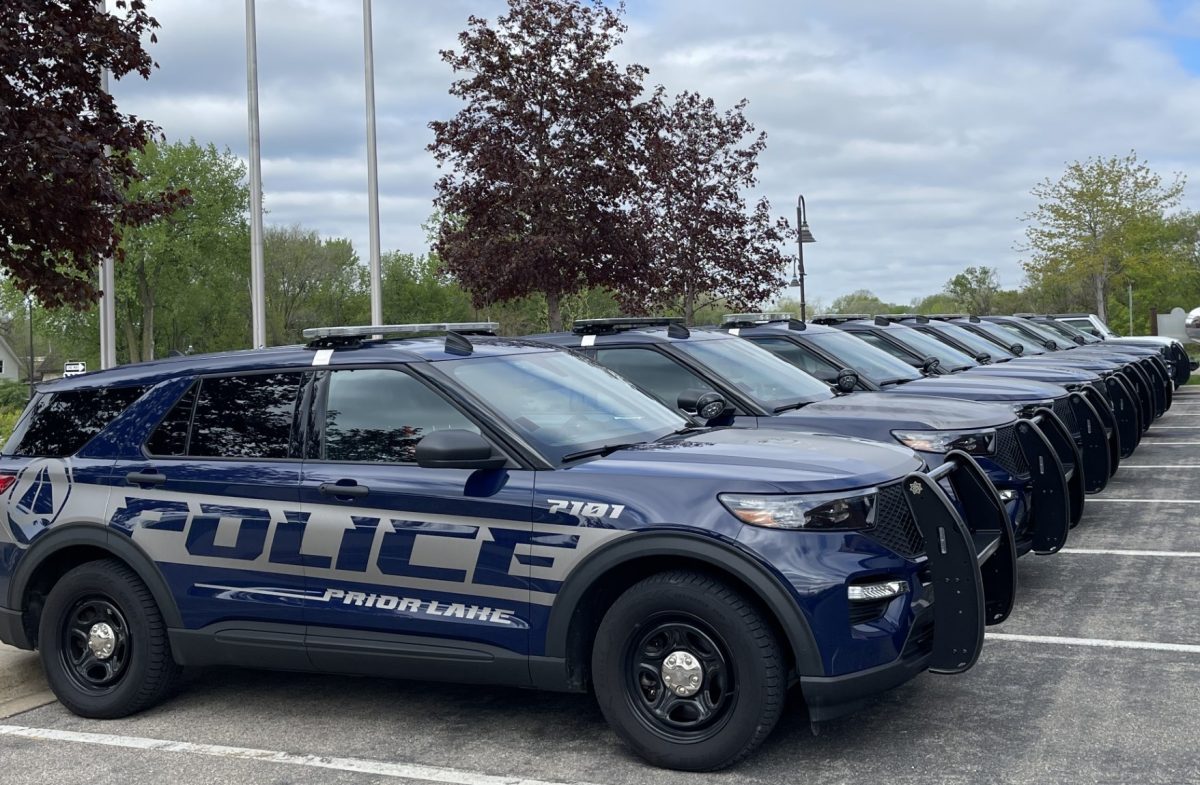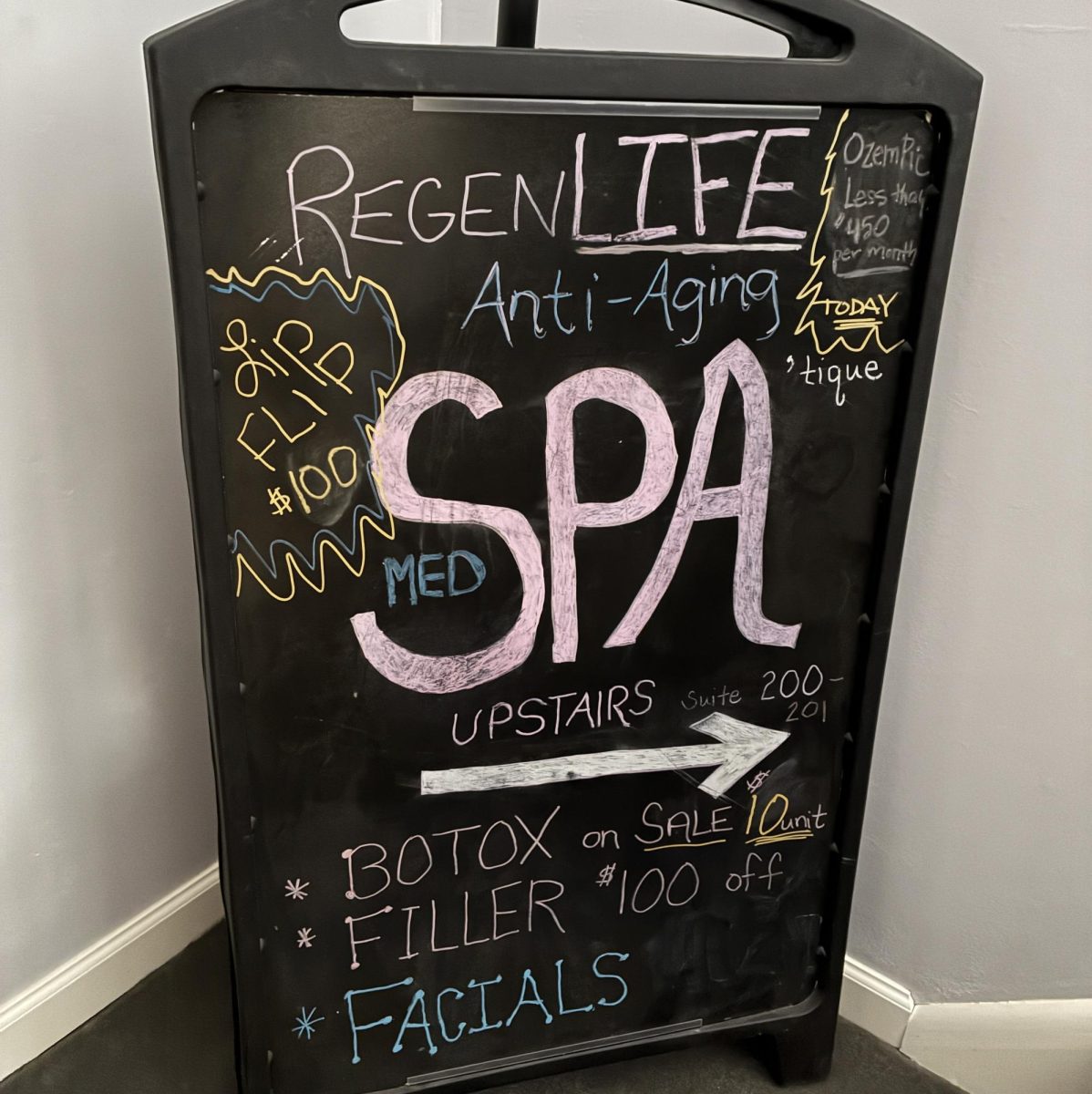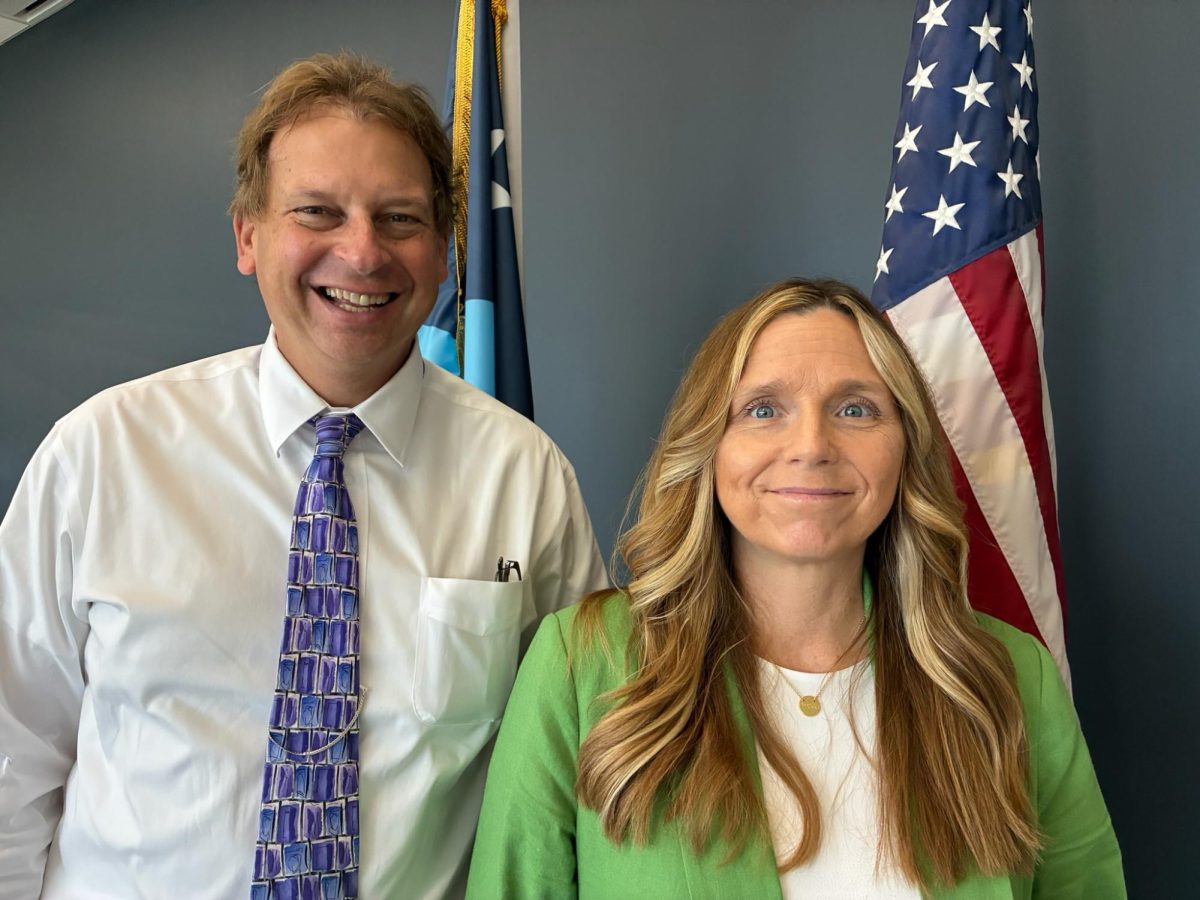Local water ski enthusiasts who came together in 1957 to form the Prior Lake Water Ski Association would probably be surprised in how the organization has changed and grown into one of largest clubs in the Midwest.

Its name has also been changed to the Shakopee-Prior Lake Shockwaves, and most ski shows are no longer performed on Prior Lake. One of the most significant changes in the organization, however, originated with an idea circulated among its membership nearly two decades ago, and eventually came to fruition. Its mission has expanded beyond putting on trick water ski shows for the public to include serving those with special needs the opportunity to enjoy the thrills of riding on water.
Kevin Burkart, a 30-year member of the organization, was among the biggest supporters of the Shockwaves Adaptive Ski Squad formed eight years ago. Himself a participant in the program following an injury that paralyzed his arm, the Prior Lake man reached out to other leaders of adaptive programs throughout the country and received encouragement from Twin Cities Shriners to move forward with the initiative. He and wife Laura contributed initial seed money totaling $5,000 to begin the program; he still serves as the primary fundraiser for the group.
Five adaptive events are held each year in the summer months through partnerships with HopeKids, Gillette Children’s Hospital and several neighboring school districts.
“It’s very rewarding that we are able to give back,” according to Paul McGinty, who with Nick Brown serve as the Adaptive Directors of Shockwaves. “We absolutely love our relationship with those organizations. It’s very rewarding that we are able to give back to those in the extended community.”
The adaptive program and its regular Thursday night performances that run during summer months are held at Quarry Lake, a small private lake owned by the City of Shakopee. The non-public setting is a necessity given the safety concerns that would be present if other motorized crafts were to share the same space. Renewing its agreement in a few years with the city will be a necessity for the program to continue, McGinty said.

Approximately 250 children and young adults were part of this year’s adaptive program that included paraplegics, quadriplegics, some who were blind or had neurological disorders, veterans, amputees and the mentally challenged. The program utilizes a wide assortment of specialty water-ski equipment to ensure individuals with mobility, visual, or other impairments are able to experience the joys and benefits of being on the water.
Today, the group operates as a non-profit organization and has a host of area sponsors that contribute financially for the purchase of specialized equipment, safety gear, boats, insurance, training and hosting of the athletes. The goal of Shockwaves is to provide free water ski shows for the public and adaptive program services at no charge to the families that participate. Donations are welcome and more information on their program can be found on this link.
In some instances, children may have a life-threatening illness. Both men talked about the phone calls they received over the years from parents indicating their child skied previously in the adaptive program, did not have long to live and wanted another opportunity to get on the water with Shockwaves.
For many, the adaptive event held in mid-August, was not their first time attending one of the clinics. Parents were quick to share their excitement for their child to get back on the water.

“I totally trust these people,” said one mother whose son had skied previously at other adaptive events. “The volunteers are all safety-conscious, understand the needs of each child and are committed to making it a great experience for the kids.”
Volunteers of all ages are on hand to help get each participant secured in the appropriate ski chair. Everyone wears a life vest. All are familiar with the role each member of Shockwaves plays. Two boats are in use at all times. No less than six volunteers accompany each skier on the jaunt around the lake — two in the boat towing the skier, one on each side of the skier, and two on a jet ski that follows the skier and escorts. Volunteers can be seen reassuring the child, laughing with them, sometimes giving them a high-five or holding their hand. As the boat and skiers return to the large dock, multiple volunteers are on hand, ready to assist with getting them out of the water and reuniting each with family members.
Burkart said precision and timing are crucial. The goal is to have a boat going out every six minutes so each child can have the opportunity to ski twice in an afternoon.
The apprehension some first-time parents may have usually disappears after the one run. Some accompany their son or daughter to the dock where they are met by Shockwave volunteers.

One mom and child appeared somewhat nervous when it became their turn. Mom requested and was allowed to ride in the tow boat. All fears had vanished by the time the group returned to the dock.
“I cried the entire time we went around the lake,” the mom said. “I wasn’t scared or nervous for him. I just saw how much fun he was having and the joy on his face. I don’t think he’ll ever forget this experience. He wants to go back out again.”
McGinty said this was typical, and fears usually evaporate by the end of their first ride. The majority of those who come to the summer events — both parents and skiers — have attended the adaptive events before, and keep coming back.
“We have a safety briefing with all volunteers before each event,” McGinty said. “Most who help at the adaptive events are longtime volunteers. Our younger volunteers are really great, and it’s a fantastic way to teach them how to give back to the community.”
“Our number one concern is always safety,” McGinty added. “Every kid is unique and has special needs. We recognize that and just want to make it a great experience.”
